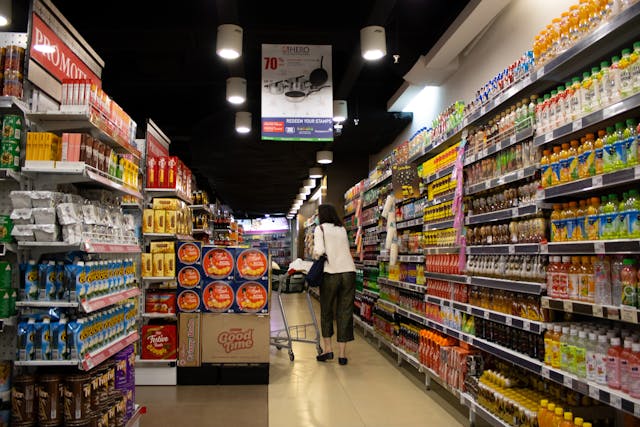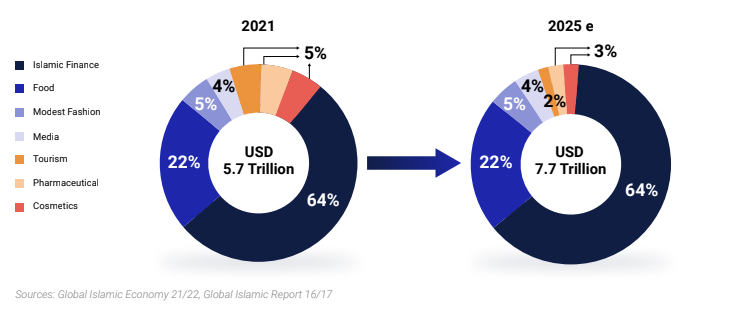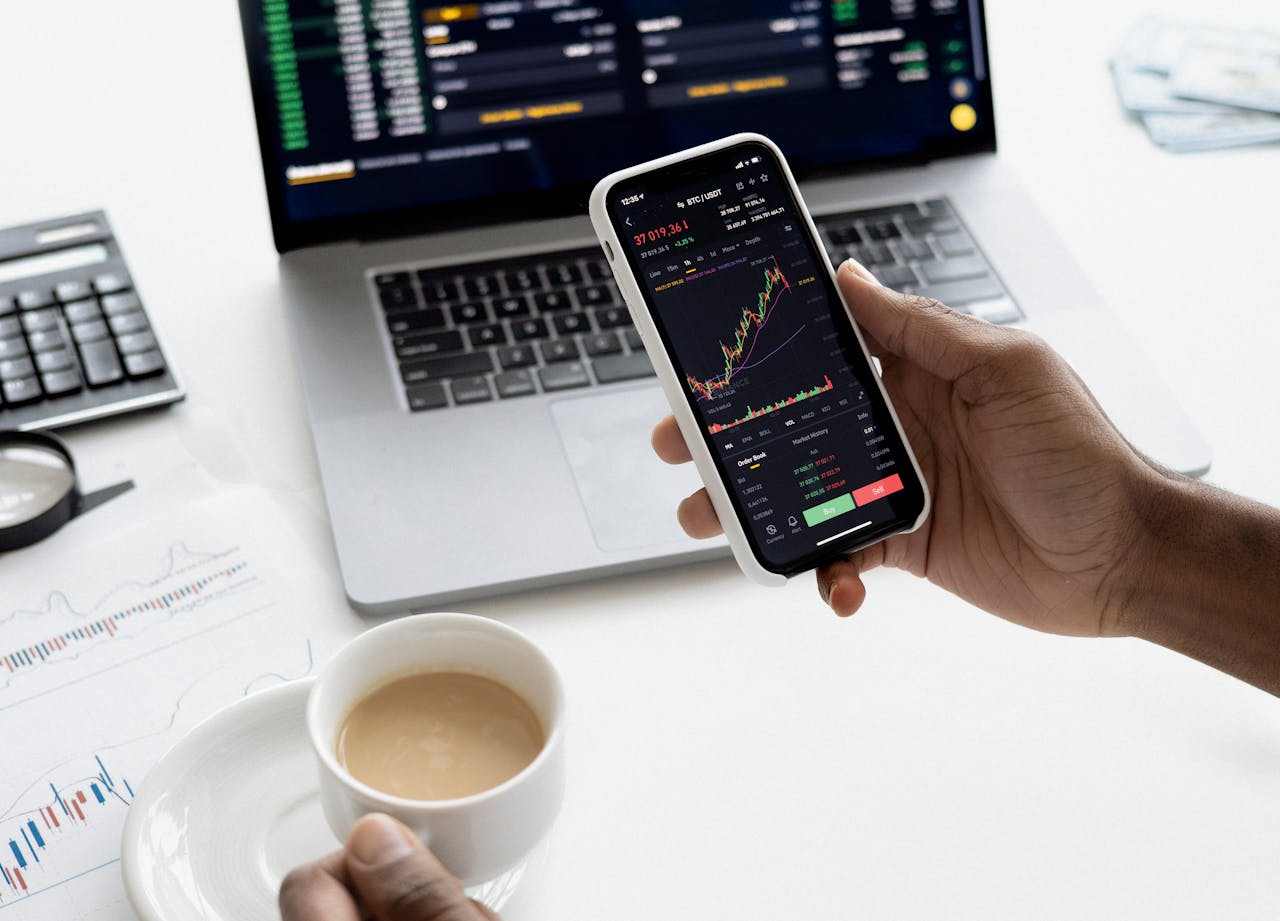

The State of the Global Islamic Economy Report (GIE) 2022 paints a dynamic picture of the global halal industry, forecasting a promising trajectory amidst challenging economic conditions. With an estimated 1.9 billion Muslims spending around USD 2.0 trillion in 2021, the industry has grown remarkably, boasting a compound annual growth rate (CAGR) of 8.0% from 2015-2021.
A key driver behind the halal industry's growth is the growing Muslim population and their adherence to halal practices. According to the Pew Research Center, the Muslim population's CAGR is projected at 1.8% from 2020 to 2025, surpassing the global population CAGR of 1.1%. Additionally, the demand for halal products extends beyond the Muslim population, with halal items gaining popularity globally due to their perceived cruelty-free and eco-friendly attributes.
National strategies for developing the halal industry further bolster the sector's growth. Various economies worldwide, including Indonesia with its mandatory halal law, are actively pursuing initiatives to enhance the production and accessibility of halal products and services. Simultaneously, the halal industry is embracing technology, witnessing a substantial increase in efforts to establish a halal digital ecosystem through online connections, platforms, and services.
Despite the positive trajectory, the halal industry faces regulatory challenges, with complex requirements that vary across countries and regions. Regulation changes can significantly impact growth prospects, particularly if they increase production costs or limit market access. Nevertheless, the halal industry's overall market size, including Islamic finance assets, is expected to reach USD 7.7 trillion in 2025, up from 5.7 trillion in 2021.

Source: https://ycpsolidiance.com/white-paper/halal-industry-in-southeast-asia
Southeast Asia, particularly key member countries of the Organisation of Islamic Cooperation (OIC), plays a pivotal role in shaping the global halal industry trends.
Malaysia, home to 20.8 million Muslims constituting 63.5% of its population, has a halal market contributing approximately 7.5% to its GDP. It is globally recognized, ranked 1st in halal food and travel and 2nd in halal pharmaceuticals, with a significant global halal export value of USD 31.3 billion.
With 236 million Muslims comprising 87% of its population, Indonesia leads in global halal consumer spending at 11.0%. Globally ranked 2nd in halal food and 3rd in modest fashion, Indonesia's halal market boasts a substantial global halal export value of USD 65.4 billion. Brunei, a smaller yet emerging player, focuses on halal food, pharmaceuticals, and cosmetics, implementing digital strategies for halal certification and exploring collaborative investments with Malaysia.
The implications of the halal industry's global landscape are significant. OIC countries, comprising 85% of the world's Muslim population, are projected to grow faster than the global average GDP growth. Collaboration among OIC member states, especially Malaysia and Indonesia, can enhance intra-OIC trade and leverage each country's competitive advantages.
As halal industry trends continue to thrive, these Southeast Asian nations, with their existing experience and strategic positions, are well-placed to bridge trade gaps and tap into untapped opportunities for growth and collaboration.

Revolutionizing Finance: An Overview of Digital Lending in Southeast Asia
Digital lending is poised to become the primary revenue driver for digital financial services in Southeast Asia (SEA) by 2025, outpacing digital payments. This growth is fueled by a 33% annual increase in digital lending, supported by technological innovations such as automated loan origination processes and seamless integration of financial services into digital experiences. These advancements have made it easier for consumers to access financing for various needs, including online shopping, travel bookings, and ride-hailing services.

IoT Integration in the SEA Automotive Lubricants Market
The Southeast Asia (SEA) automotive lubricants market is rapidly evolving with the integration of Internet of Things (IoT) technology. This transformation offers significant benefits, creates new opportunities in smart technology, and introduces innovative IoT solutions that can revolutionize the industry.

Embracing Robotization: Challenges and Opportunities in Industry 4.0
Robotization presents challenges and opportunities for businesses and the workforce, requiring companies to embrace this transformation.

Opportunities in the Indonesian Skincare Market
The rapid growth of the Indonesian skincare market presents significant opportunities for the beauty industry. Projections indicate a steady growth trajectory of 4.6% over the next five years, reflecting sustained consumer demand and market expansion. In this article, we will explore the various opportunities that the Indonesian skincare market presents for brands seeking to establish a strong foothold and thrive in this dynamic landscape.